3,781cc DOHC Jaguar 6-Cylinder Engine 3 Weber 45 DCO3 Carburetors Est. 300bhp at 6,000rpm 4-Speed Manual Transmission 4-Wheel Independent Suspension 4-Wheel Disc Brakes *Exceptional period racing history in the hands of Stirling Moss, Walt Hansgen Ivor Bueb and Bob Grossman *The 1959 SCCA C-Modified National Championship Winner *Among the most original examples extant *Documented in numerous books and historical documents, and many charming archival photos THE LISTER SPORTS RACING CARS Much due to the tragic fire at the Jaguar works facilities, destroying Jaguar's competition department and successor to the all-conquering C and D-Types, actually gave Brian Lister an 'in' to get started and producing some spectacular and further developed sports racing machines using Jaguar's tested XK powerplant. Brian Lister had styled this entirely distinctive body form to weave its way brilliantly through FIA 'Appendix C' screen-height regulations and to minimize frontal area despite the considerable height of the model's primary power unit – the twin-overhead camshaft 6-cylinder Jaguar engine. The new design's nose bonnet section featured deeply scalloped valleys between the front-wheel fenders and a central hump enclosing the engine. At its rear end this cam-box clearance hump fell away sharply to a low-level scuttle, from which the windscreen Perspex then rose to the required regulation height – being measured (most significantly) from well below overall engine height. The rear body section deck was then level with the top of the windscreen (windshield?), with flared rear wings enclosing the wheels and a shapely headrest behind the driver. Brian Lister had drawn this body shape in elevation and section, before presenting his drawings to Cavendish Morton who produced an artist's impression perspective painting. This was put out as a 'taster' to the press before the first car was built. The aluminum body panels for the production run of cars were then formed by Williams & Pritchard in Edmonton, North London. Len Pritchard had wartime aircraft industry experience of forming lightweight magnesium-alloy panels and he suggested to Brian Lister that panels in magnesium instead of aluminum could save half the weight...despite doubling the price! In 1957, Lister presented the first Jaguar-powered sports racer to the global racing world, which received bush? success in the hands of skilled driver, Archie Scott-Brown. Lister's sponsor, British Petroleum, had been seeking a team of large-displacement sports racing cars to challenge Aston Martin and the Ecurie Ecosse Jaguars, both of whom ran under the Esso Petroleum banner. The next batch of cars went to legendary US-based Team Cunningham to complement and, eventually replace his older D-Type Jaguars. American sportsman Briggs Cunningham was indisputably one of the most pivotal figures in postwar sports car racing, making a profound impact as a driver, team owner, and constructor. His contributions to both motor racing and competitive sailing eventually led to his induction in the Motorsports Hall of Fame of America, the International Motorsports Hall of Fame, and the America's Cup Hall of Fame. In 1959. Lister would restyle the initial bodywork-design. Famed de Havilland aeronautical engineer Frank Costin was enlisted for the task and began redesigning the bodywork. Costin was a great man for the job, having created bodywork for Grand Prix cars in the early 1950s, which had influenced front-engined GP design for years to come. Frank Costin's brother was the co-founder of Cosworth Engineering. THE MOTORCAR OFFERED Here we are delighted to offer one of those coveted cars. In fact, Chassis BHL 123 is arguably one of the most historically important and best kept examples of the entire run of both the Costin and Knobbly-Listers. BHL 123 was originally purchased by Mr. Briggs Cunningham for his legendary racing team and prepared by his team chief mechanic Alfred Momo. The Jaguar-powered Costin-Lister's f
3,781cc DOHC Jaguar 6-Cylinder Engine 3 Weber 45 DCO3 Carburetors Est. 300bhp at 6,000rpm 4-Speed Manual Transmission 4-Wheel Independent Suspension 4-Wheel Disc Brakes *Exceptional period racing history in the hands of Stirling Moss, Walt Hansgen Ivor Bueb and Bob Grossman *The 1959 SCCA C-Modified National Championship Winner *Among the most original examples extant *Documented in numerous books and historical documents, and many charming archival photos THE LISTER SPORTS RACING CARS Much due to the tragic fire at the Jaguar works facilities, destroying Jaguar's competition department and successor to the all-conquering C and D-Types, actually gave Brian Lister an 'in' to get started and producing some spectacular and further developed sports racing machines using Jaguar's tested XK powerplant. Brian Lister had styled this entirely distinctive body form to weave its way brilliantly through FIA 'Appendix C' screen-height regulations and to minimize frontal area despite the considerable height of the model's primary power unit – the twin-overhead camshaft 6-cylinder Jaguar engine. The new design's nose bonnet section featured deeply scalloped valleys between the front-wheel fenders and a central hump enclosing the engine. At its rear end this cam-box clearance hump fell away sharply to a low-level scuttle, from which the windscreen Perspex then rose to the required regulation height – being measured (most significantly) from well below overall engine height. The rear body section deck was then level with the top of the windscreen (windshield?), with flared rear wings enclosing the wheels and a shapely headrest behind the driver. Brian Lister had drawn this body shape in elevation and section, before presenting his drawings to Cavendish Morton who produced an artist's impression perspective painting. This was put out as a 'taster' to the press before the first car was built. The aluminum body panels for the production run of cars were then formed by Williams & Pritchard in Edmonton, North London. Len Pritchard had wartime aircraft industry experience of forming lightweight magnesium-alloy panels and he suggested to Brian Lister that panels in magnesium instead of aluminum could save half the weight...despite doubling the price! In 1957, Lister presented the first Jaguar-powered sports racer to the global racing world, which received bush? success in the hands of skilled driver, Archie Scott-Brown. Lister's sponsor, British Petroleum, had been seeking a team of large-displacement sports racing cars to challenge Aston Martin and the Ecurie Ecosse Jaguars, both of whom ran under the Esso Petroleum banner. The next batch of cars went to legendary US-based Team Cunningham to complement and, eventually replace his older D-Type Jaguars. American sportsman Briggs Cunningham was indisputably one of the most pivotal figures in postwar sports car racing, making a profound impact as a driver, team owner, and constructor. His contributions to both motor racing and competitive sailing eventually led to his induction in the Motorsports Hall of Fame of America, the International Motorsports Hall of Fame, and the America's Cup Hall of Fame. In 1959. Lister would restyle the initial bodywork-design. Famed de Havilland aeronautical engineer Frank Costin was enlisted for the task and began redesigning the bodywork. Costin was a great man for the job, having created bodywork for Grand Prix cars in the early 1950s, which had influenced front-engined GP design for years to come. Frank Costin's brother was the co-founder of Cosworth Engineering. THE MOTORCAR OFFERED Here we are delighted to offer one of those coveted cars. In fact, Chassis BHL 123 is arguably one of the most historically important and best kept examples of the entire run of both the Costin and Knobbly-Listers. BHL 123 was originally purchased by Mr. Briggs Cunningham for his legendary racing team and prepared by his team chief mechanic Alfred Momo. The Jaguar-powered Costin-Lister's f
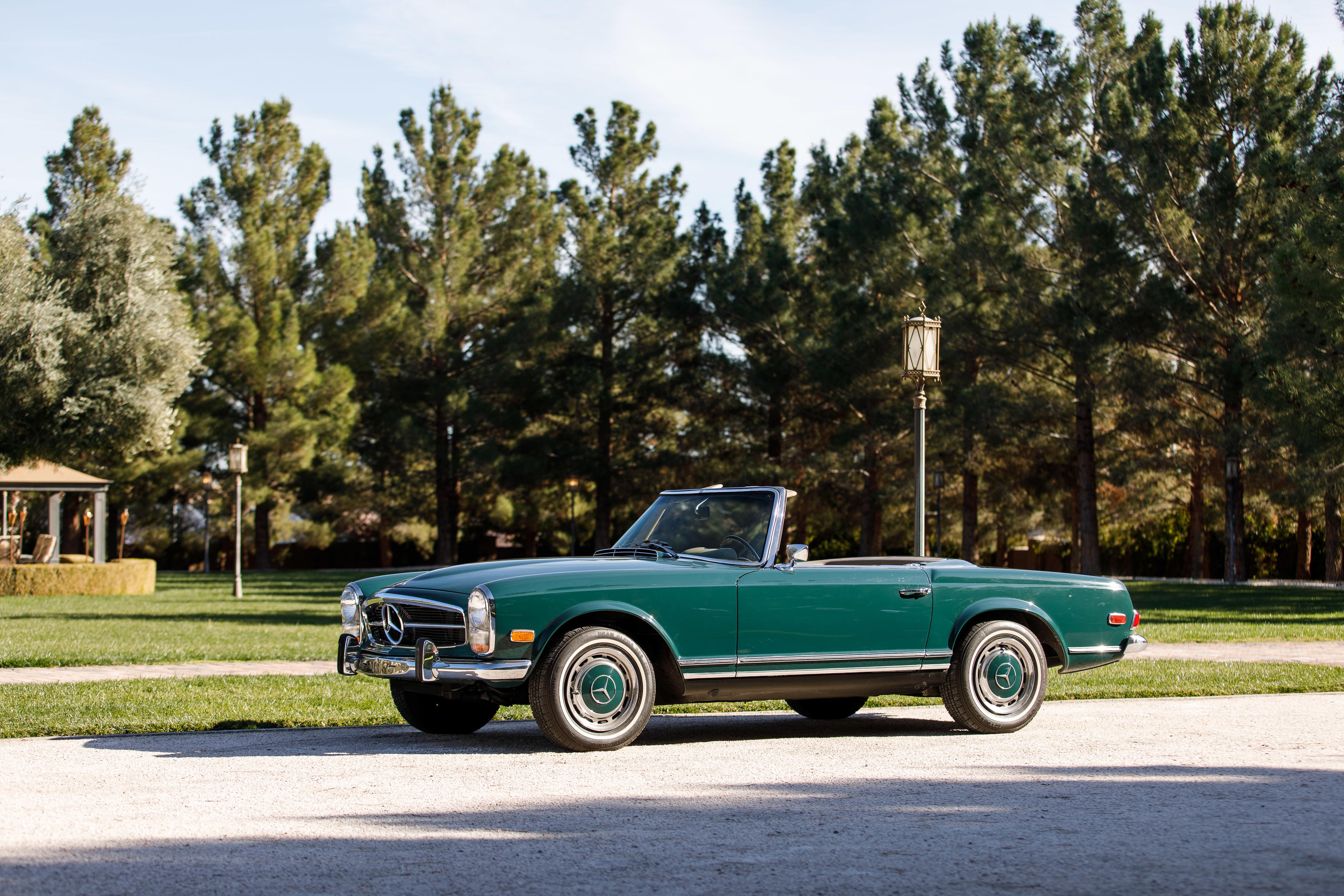
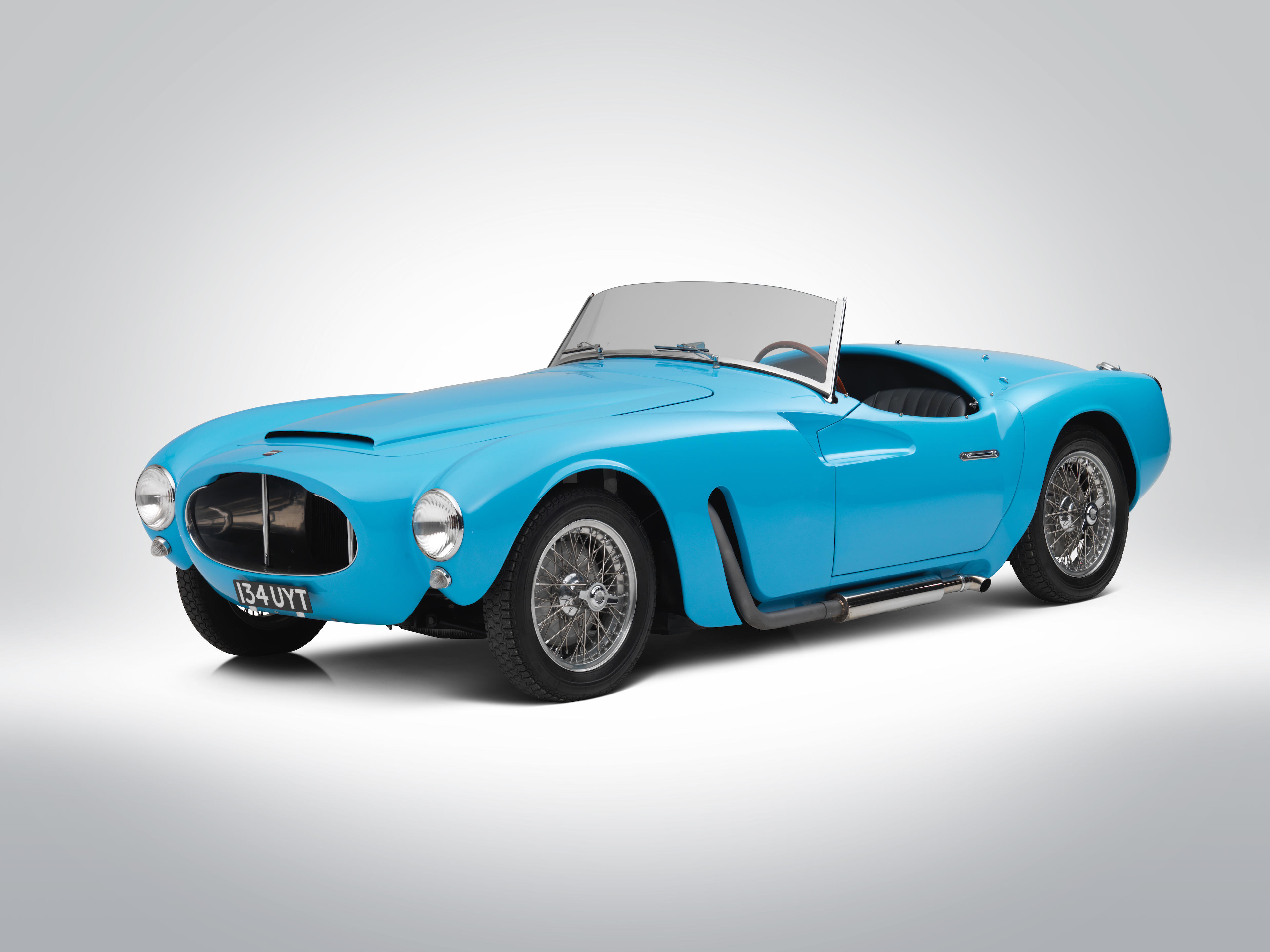
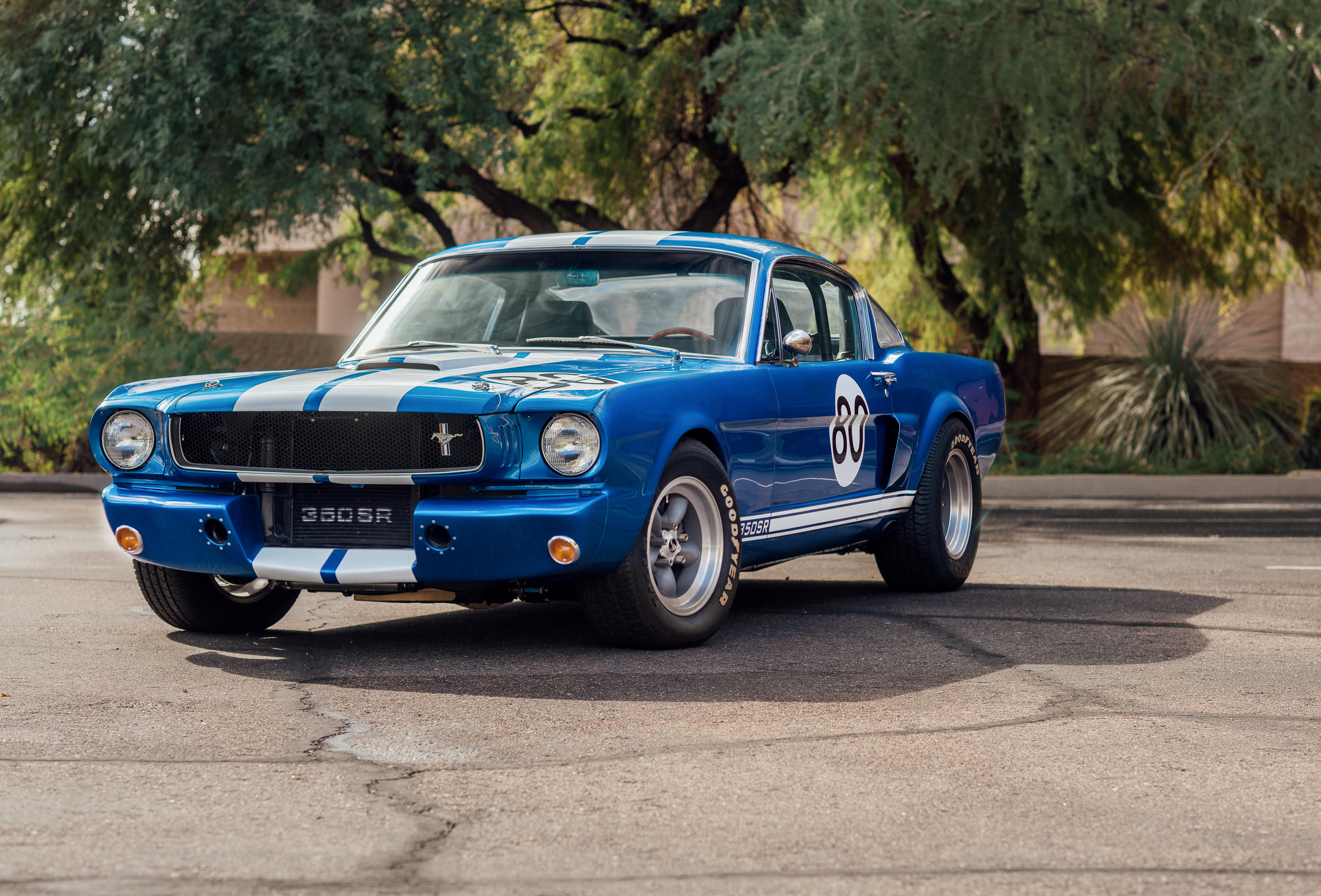
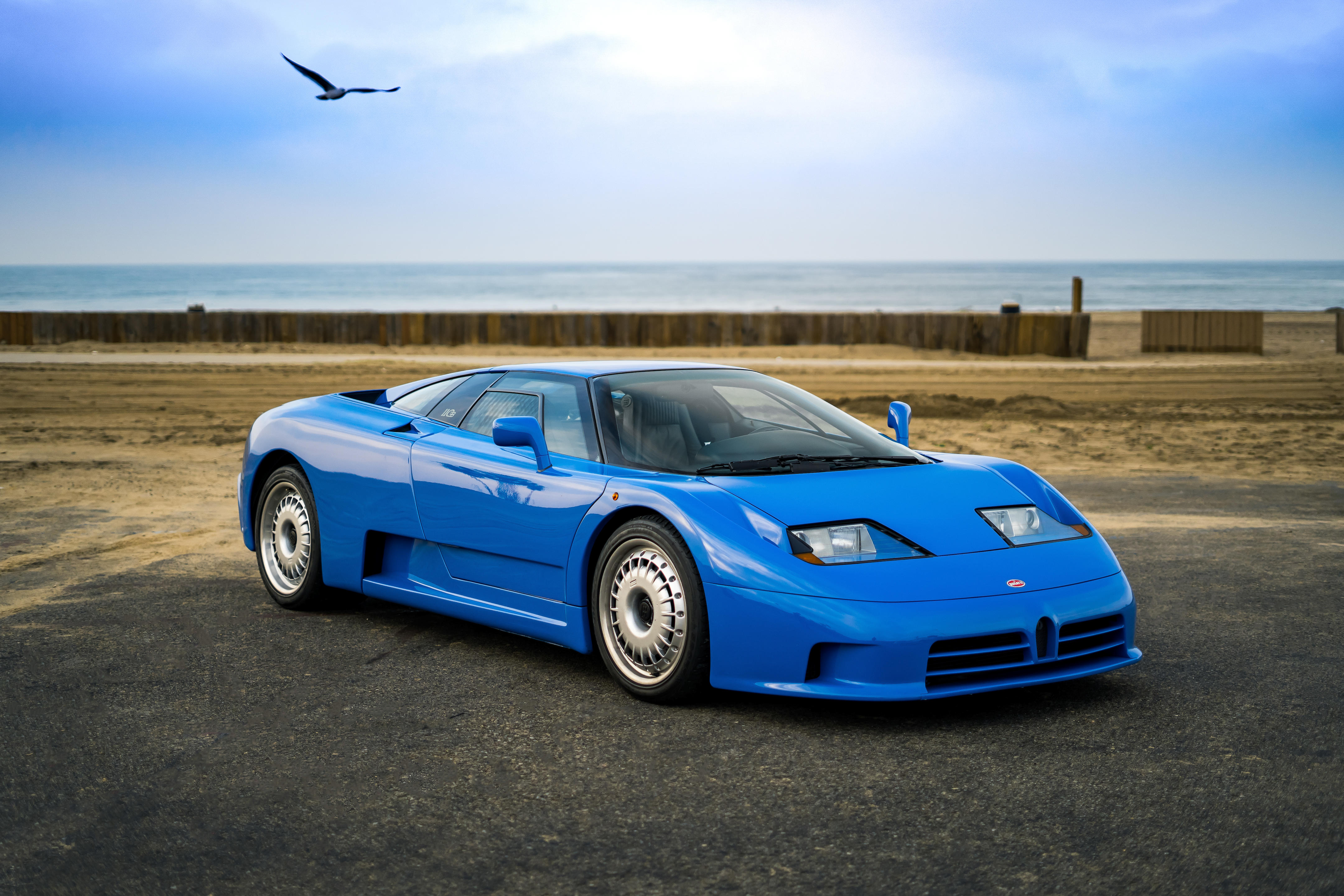

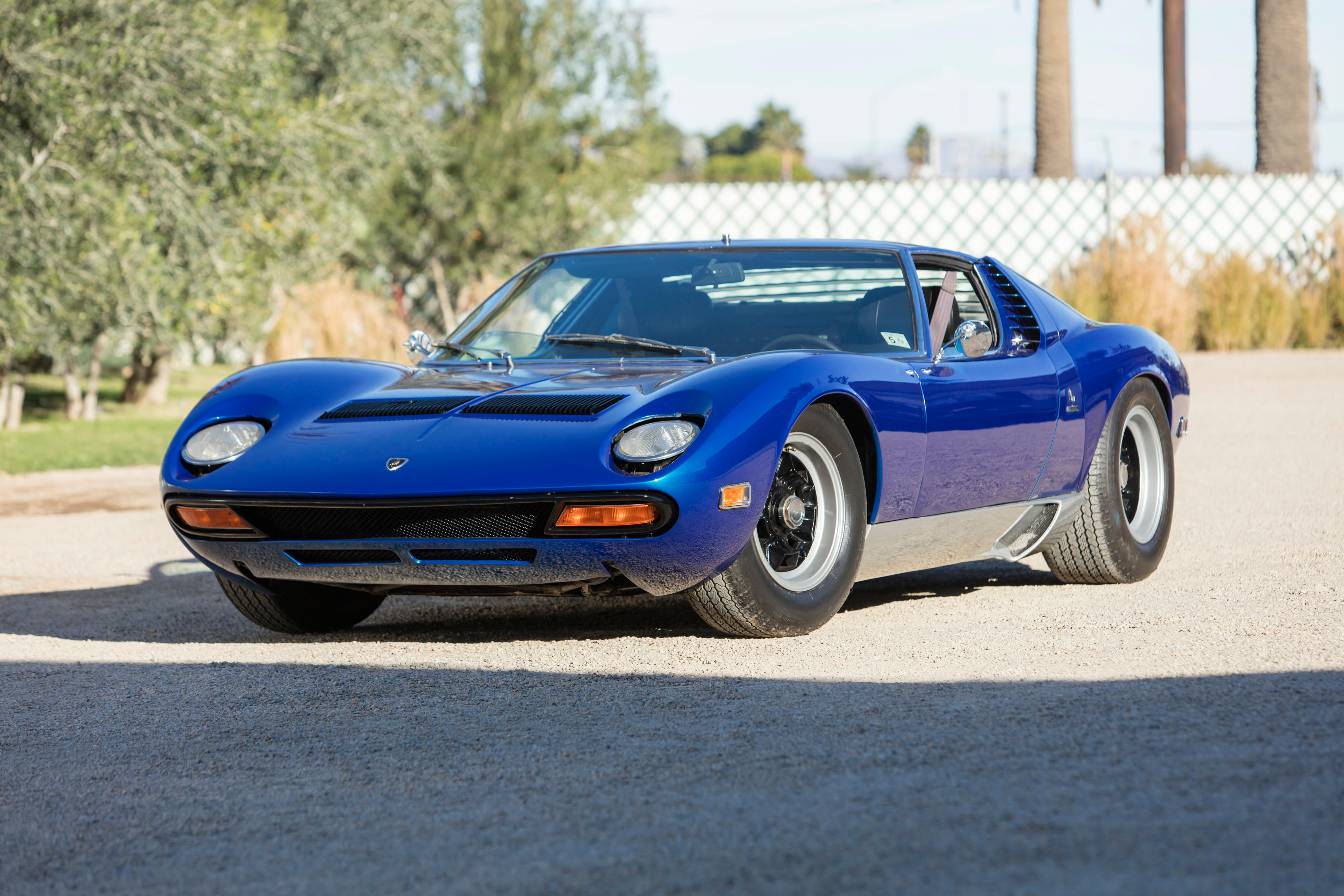
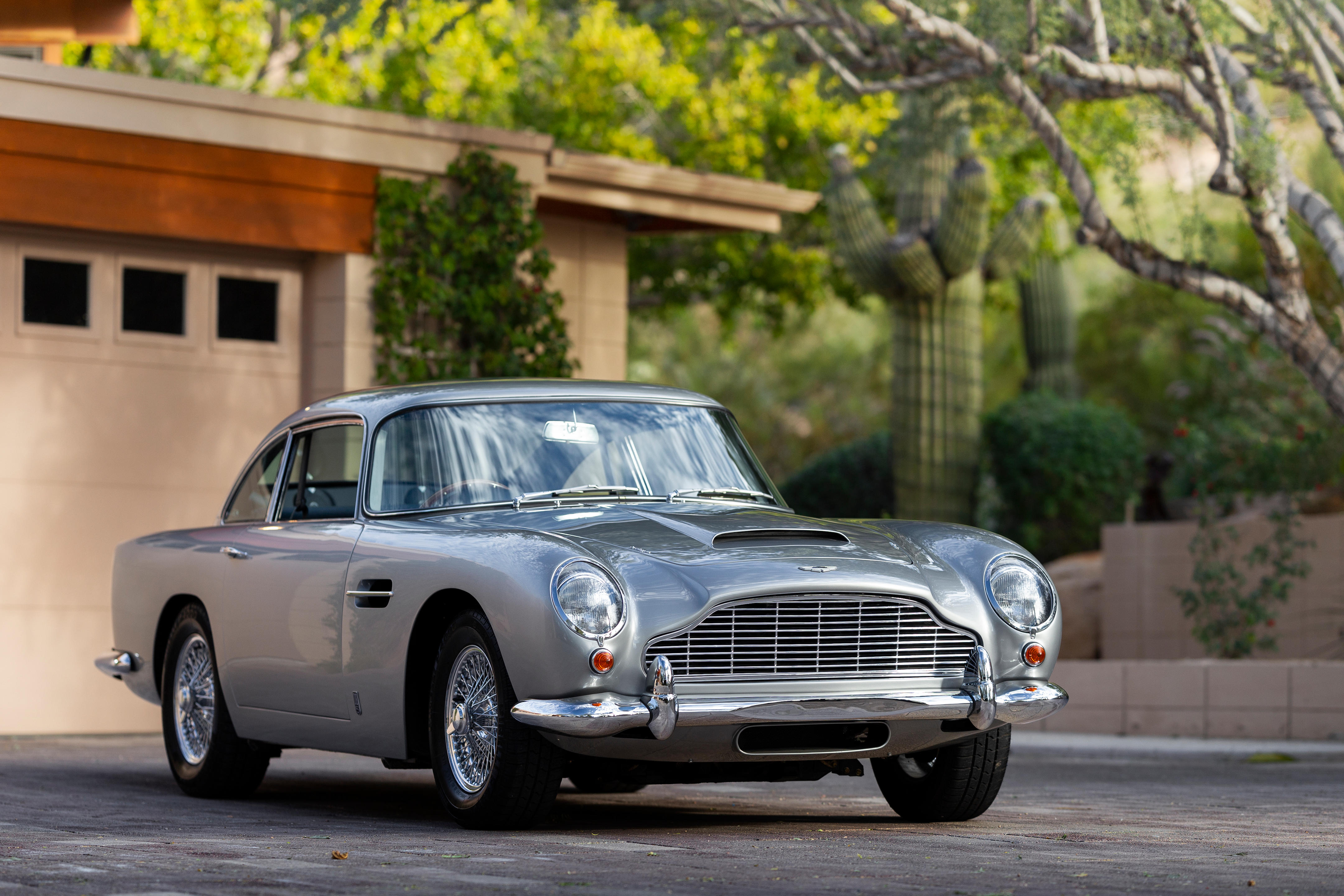

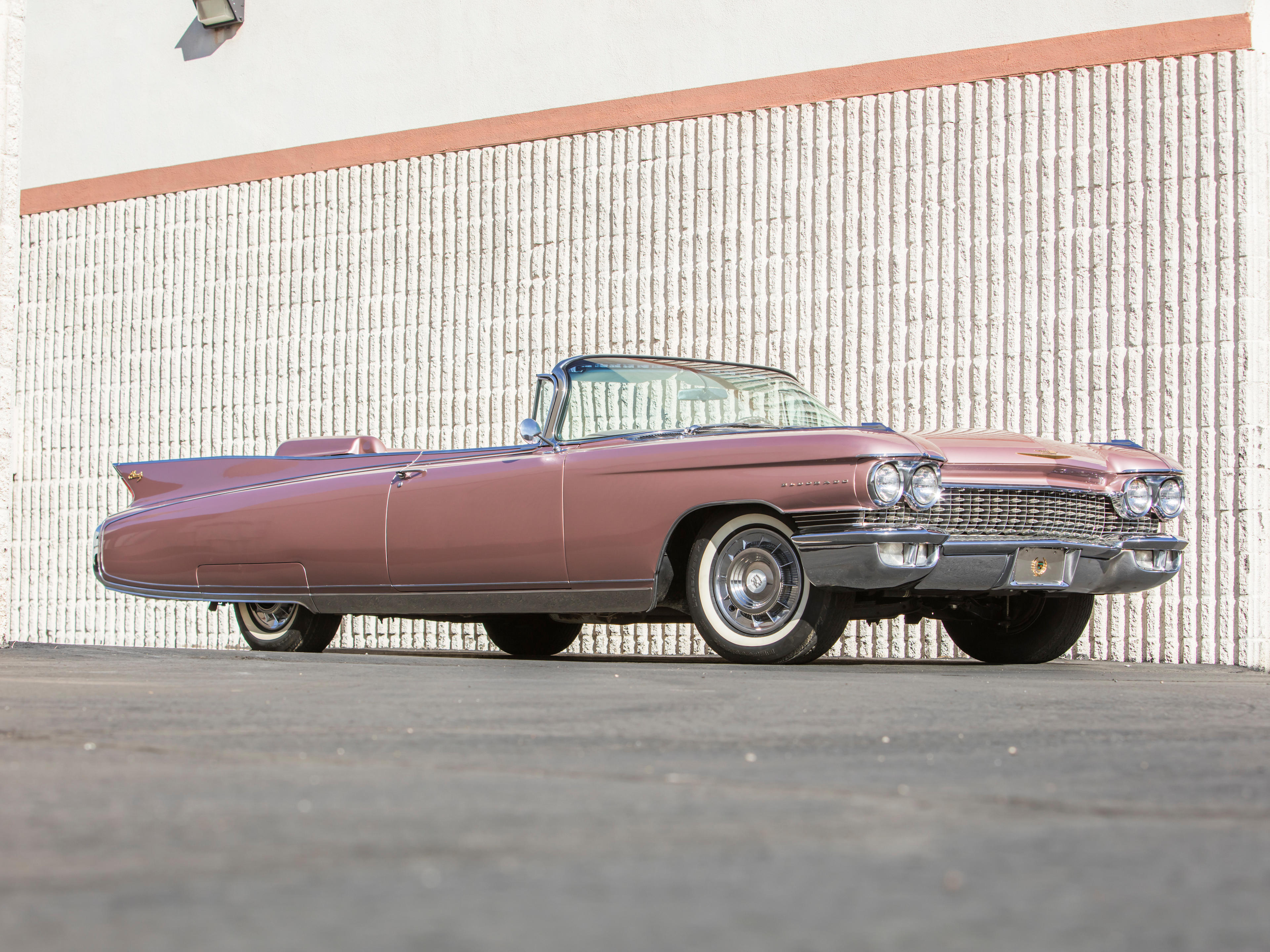
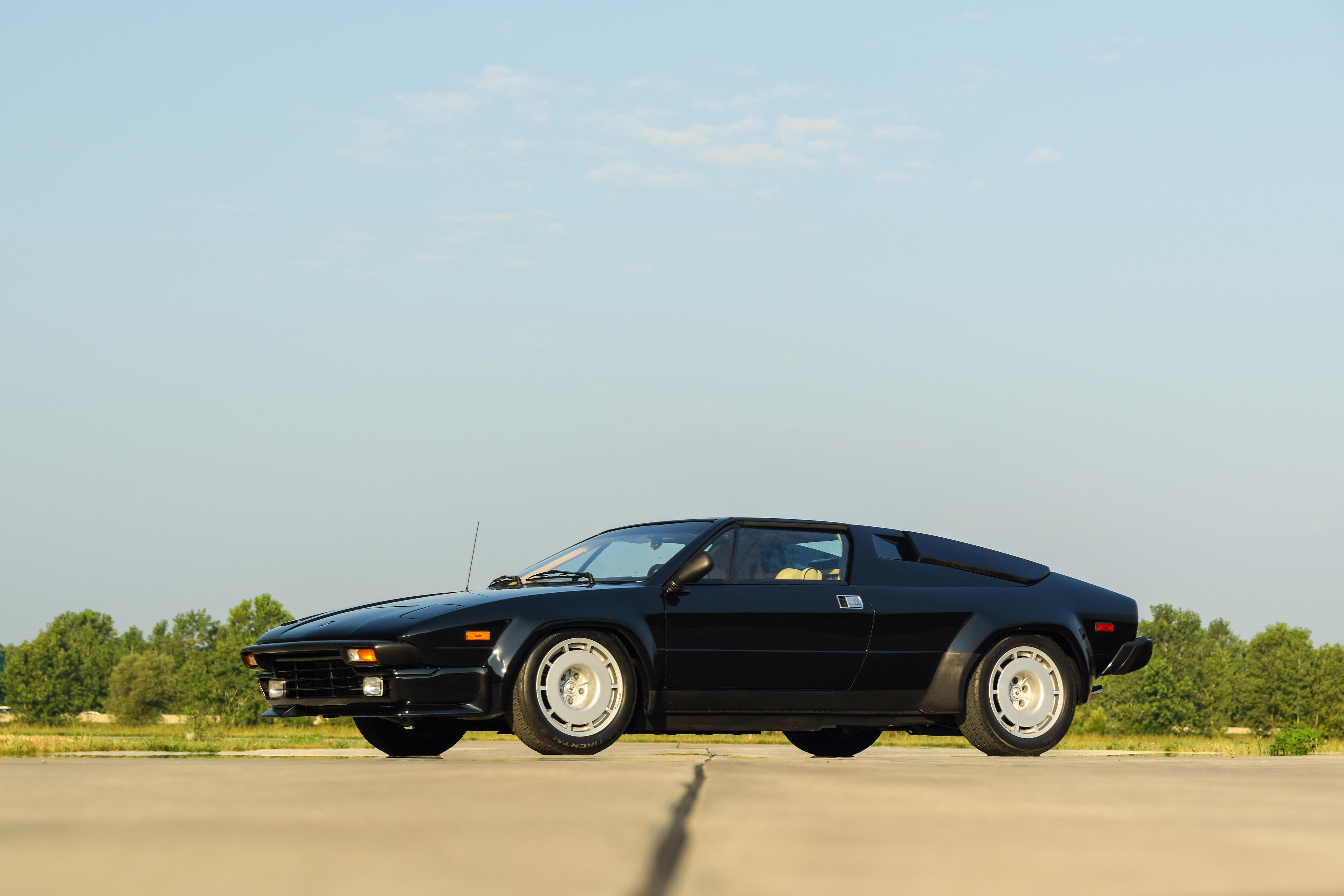
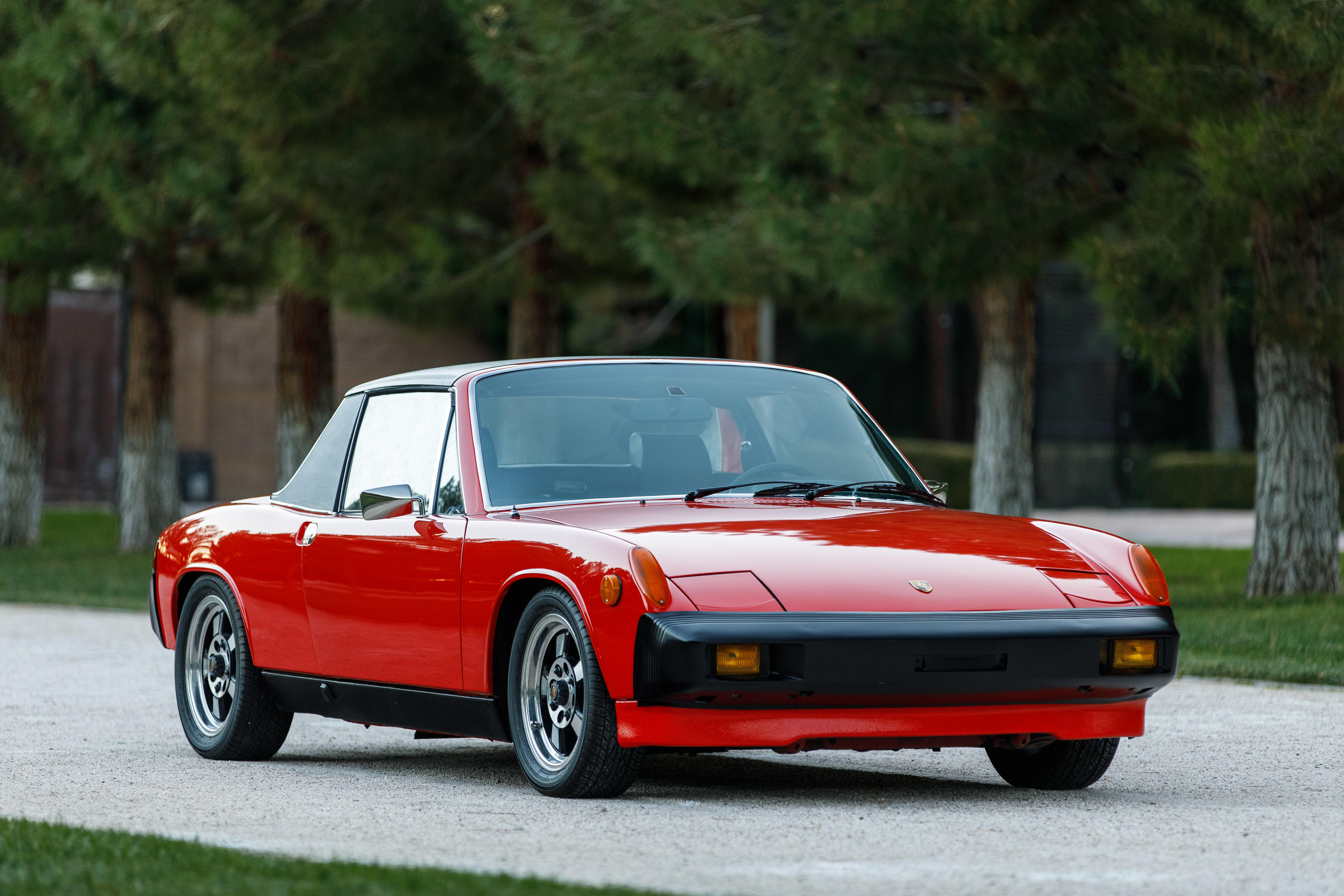
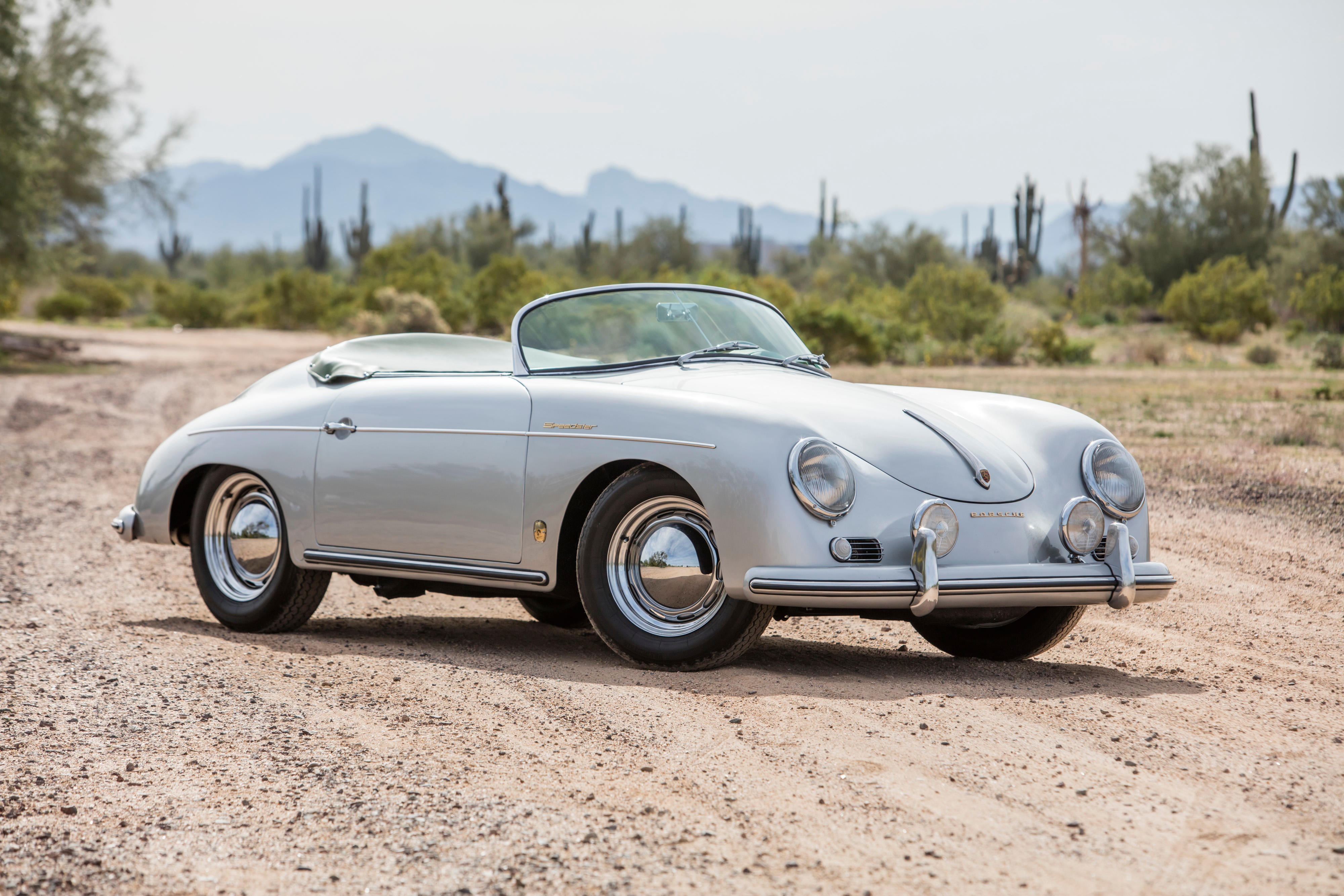
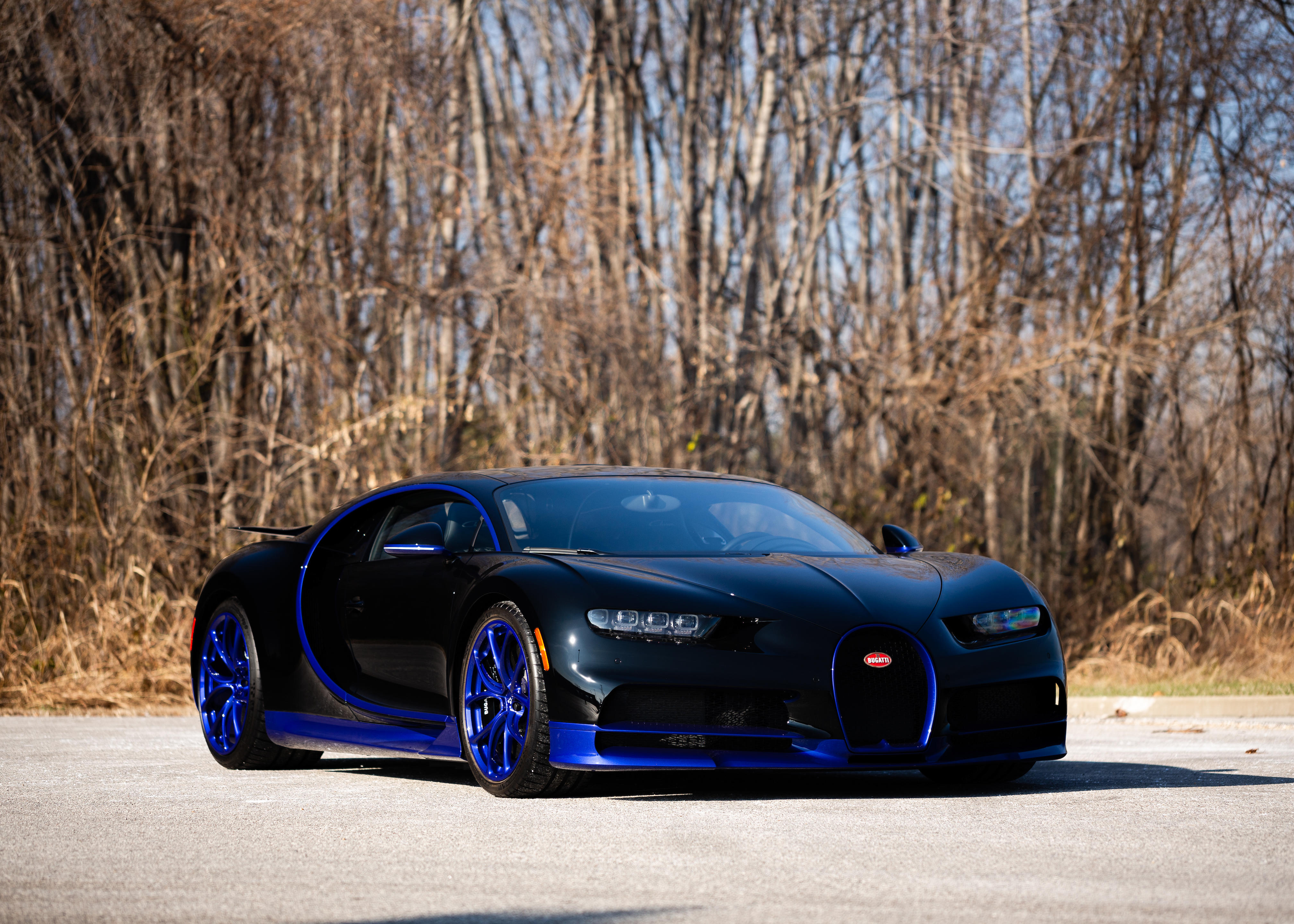
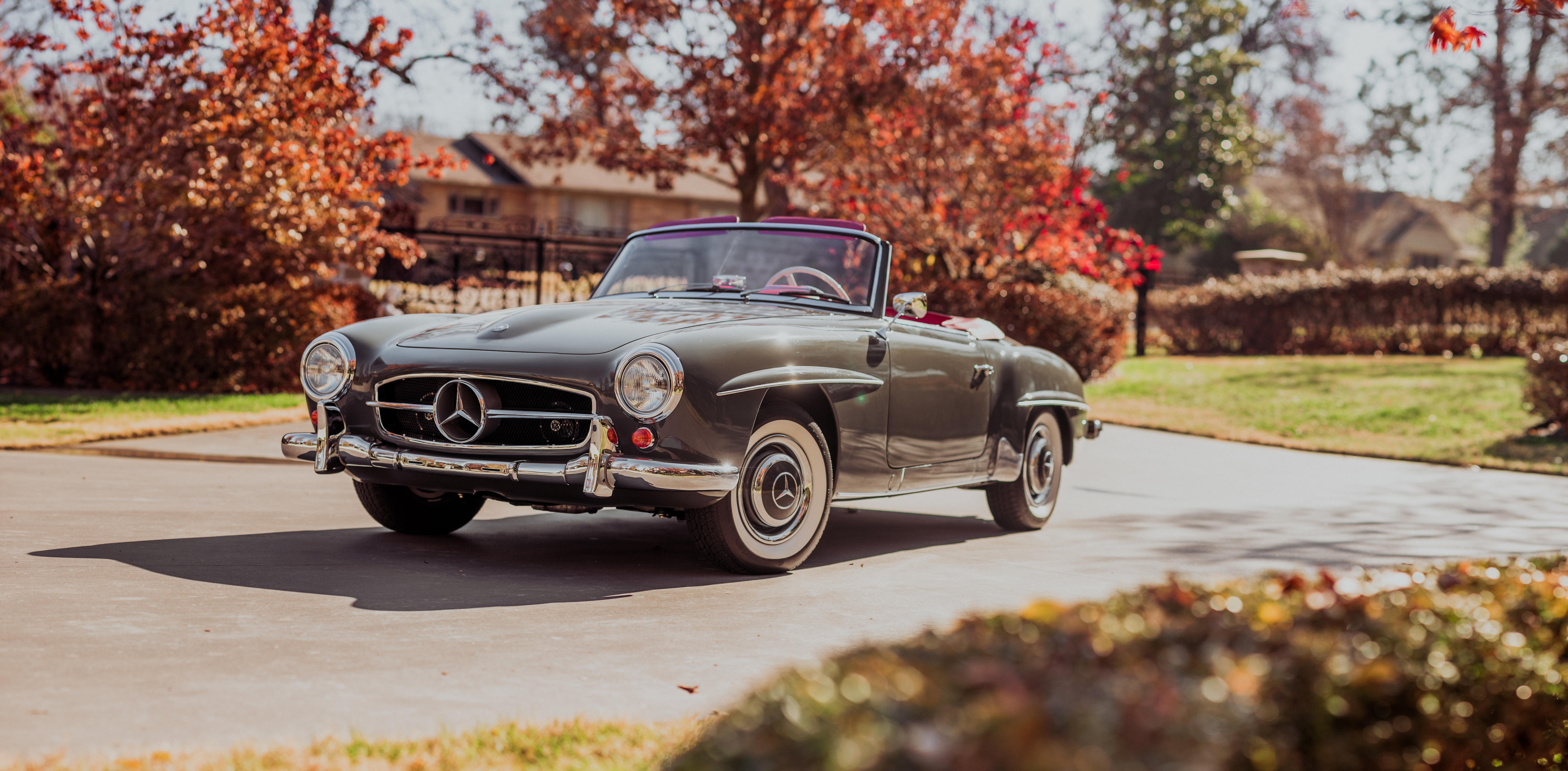
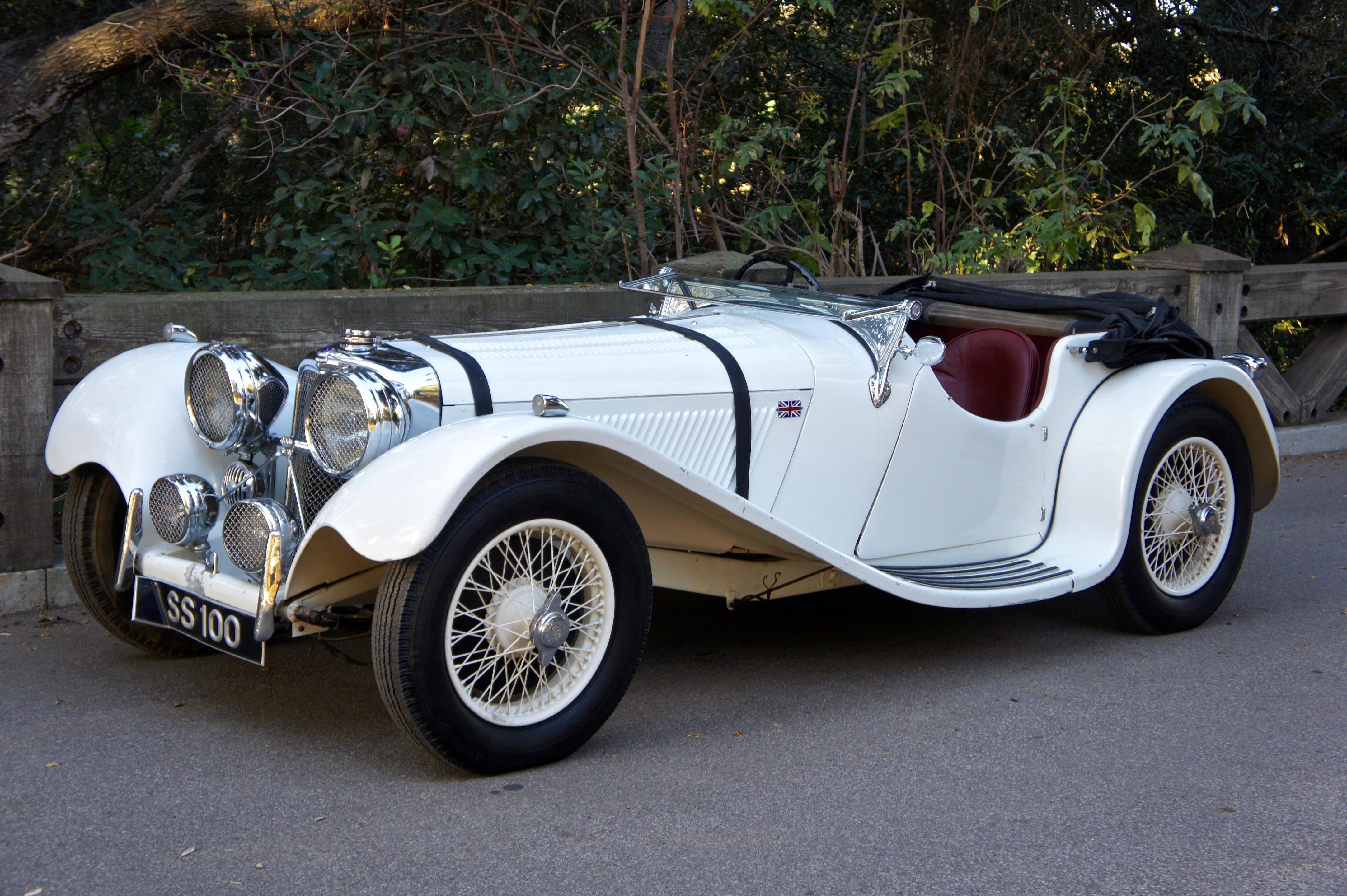
Try LotSearch and its premium features for 7 days - without any costs!
Be notified automatically about new items in upcoming auctions.
Create an alert